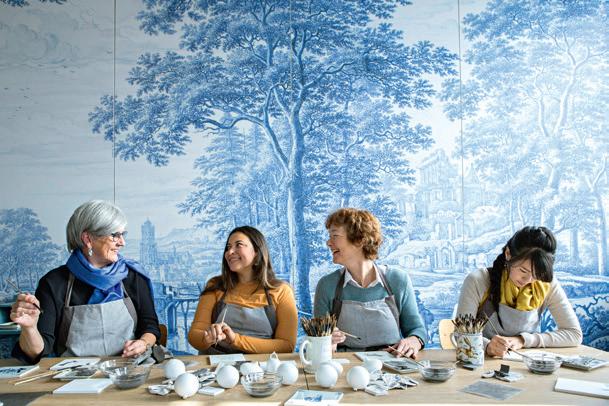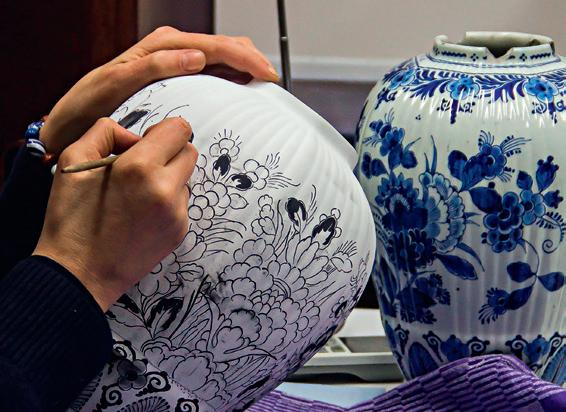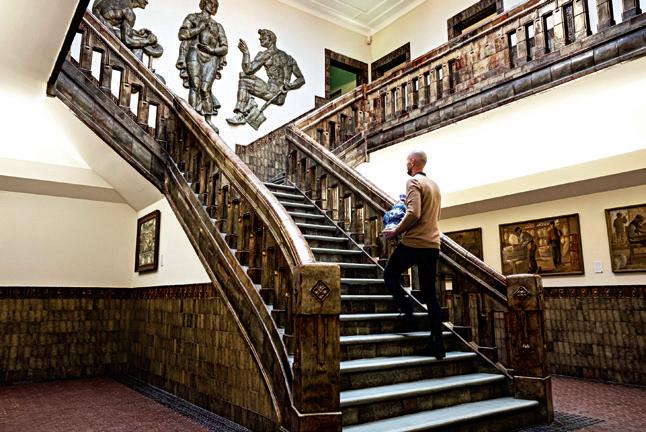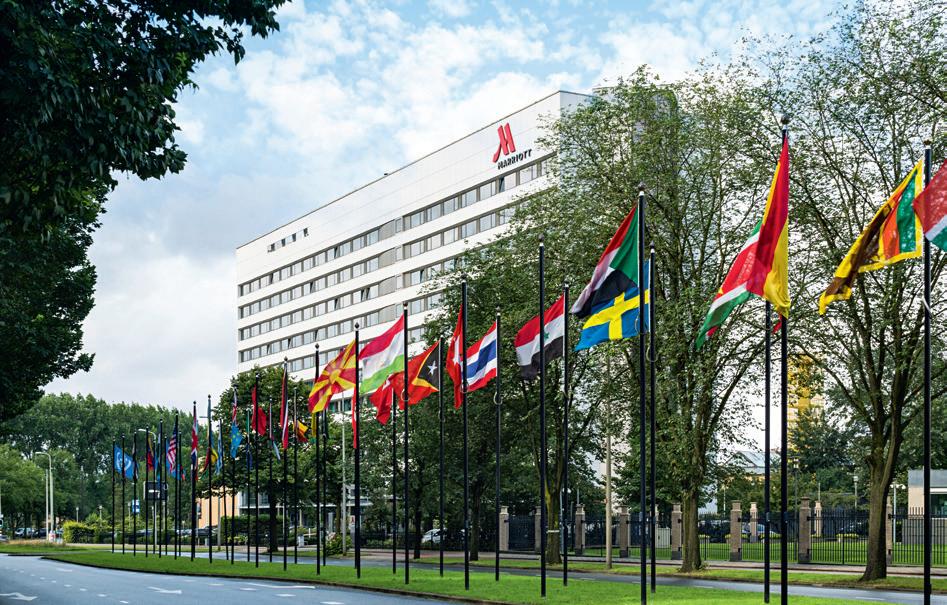
2 minute read
foreign queens, spies and pirates
from YTL Life Fall 2022
by IMV Malaysia
the surprising history of dutch delftware pottery.

Words by JUNE MONG-LOFTIN
At The Hague, which earned its moniker of being the Royal City by the Sea by virtue of being the royal capital and the seat of administrative power, there is a sense of history being created. The large sidewalk cafes at its popular square are dominated by politicians and power brokers who gravitate towards the city’s unique position as the seat of government as well as being the host of the International Court of Justice and the International Criminal Court. It is also home to The Hague Marriott Hotel, which has become a second-home to discerning travellers with its central location, modern fitness centre, 24 venue spaces and proximity to leisure, cultural and historical attractions.
A mere 20-minute taxi ride way is the Royal Delft Museum, the starting point for your amble through the city of Delft which traces its lineage to the house of Orange-Nassau, being the home of Jan Vermeer and of course for its now iconic blue pottery.

The exquisite blue-and-white ceramic delftware that has come to epitomise Dutch craftsmanship has had its share of louche episodes in its estimable 400-year old history. Two foreign queens of the Netherlands had, and continue to have, an influential role in raising the profile of delft ceramics. But before they came along, the trail of blue and white involves a town in Jiangxi, China, in the 14th century, Persepolis, the capital of Persia, caravans plying the Silk Road, a Dutch 16th-century undercover spy and finally high seas piracy sanctioned by the Dutch maritime empire in the 17th century.
Jan Huyghen van Linschoten was employed by the Portuguese and sent to India in 1596 where he saw exquisite Chinese porcelain being sold in Goa, a Portuguese colony. Van Linschoten became an inadvertent spy when he helped break the Portuguese monopoly of porcelain by publishing secret charts and navigation guides for the Dutch to reach the East Indies. In 1603 the Dutch seized the Portuguese ship
Santa Catarina off the coast of Johor in the Straits of Malacca, and auctioned off the haul of 100,000 pieces in Amsterdam. But it wasn’t until an English princess, Mary Stuart, married Dutch Prince William of Orange in 1677 that delftware evolved into a luxury object of desire by her lavish royal commissions. She and her French interior designer decorated Dutch palaces with elaborate flower pyramids and vases, which resulted in the largest and most technically advanced delftware ever produced. It became the high point of delftware production. Even though Louis XIV of France ordered pieces of Dutch ceramics, delftware fell out of fashion in the 18th century. In the present day, however, the Argentine-born Queen Máxima, Dutch queen consort of Willem-Alexander of the Netherlands, has made delft relevant again. Since she became queen in 2013, she has helped create an elaborate delftware dinner service for use at Dutch state functions.
For more information, visit www.thehaguemarriott.com











